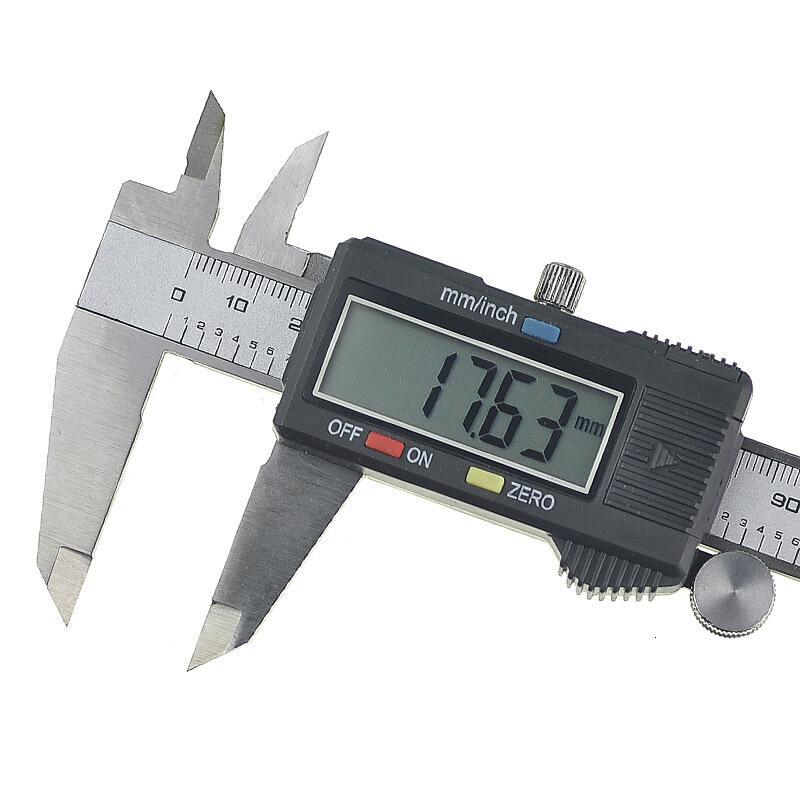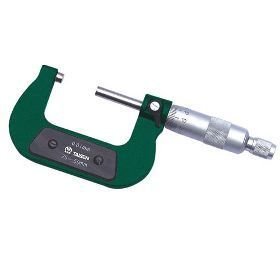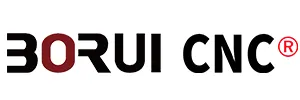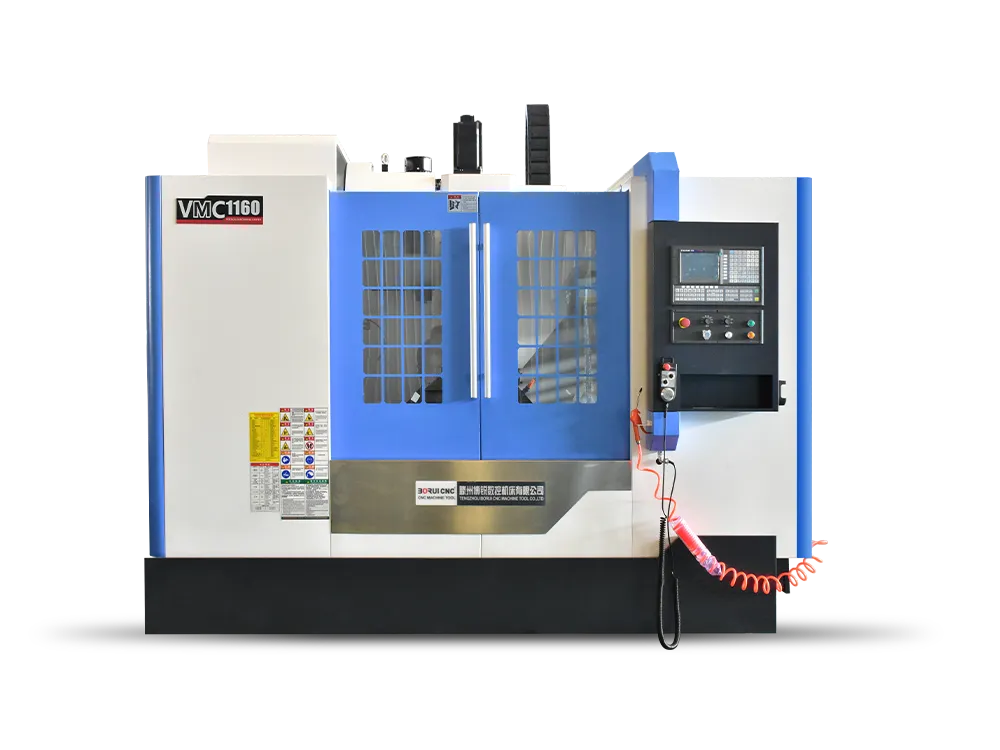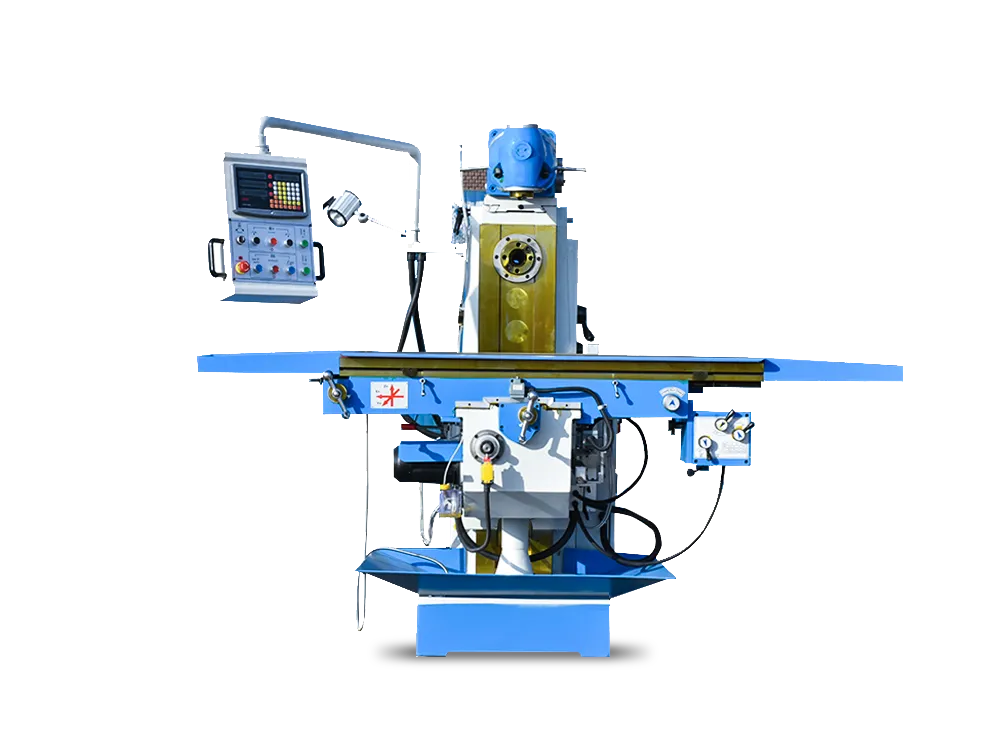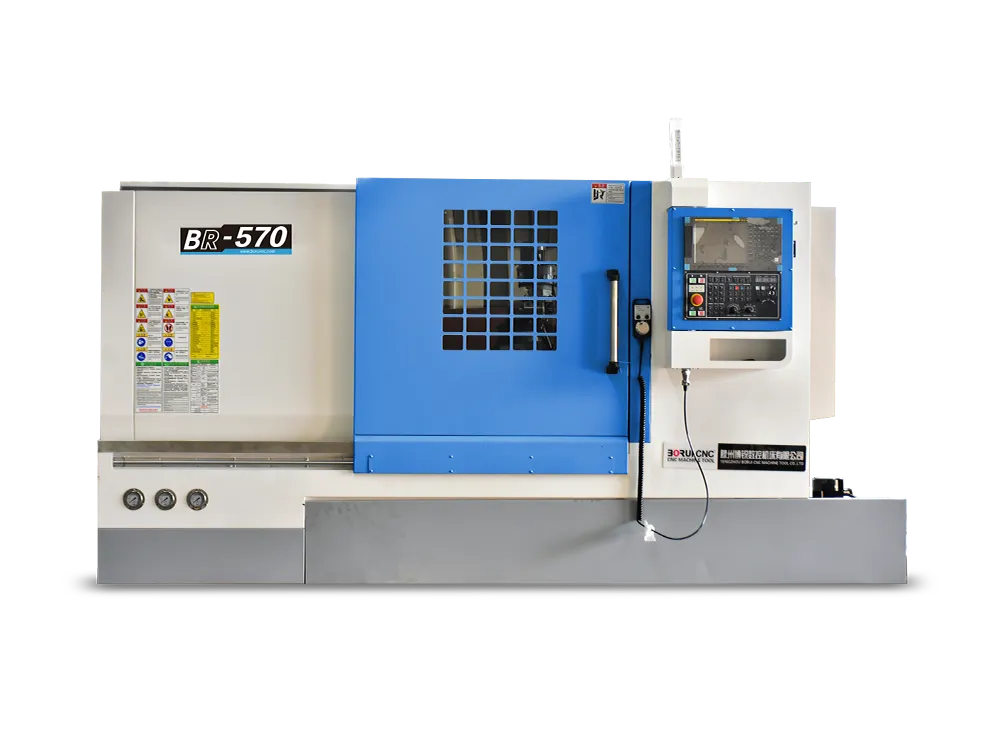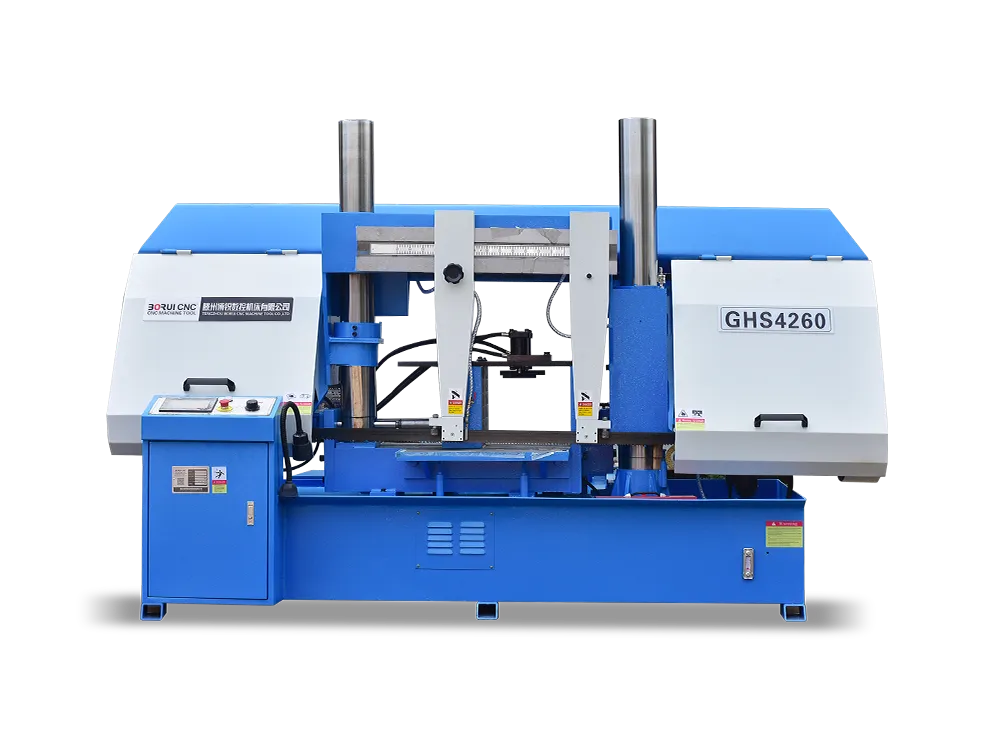CNC 머시닝 센터가 숙지해야 할 기본 지식 알아보기::
CNC 머시닝 센터는 복잡한 부품 가공에 적합한 기계 장비와 CNC 시스템으로 구성된 고효율 자동 공작 기계입니다. CNC 머시닝 센터는 또한 세계에서 가장 생산적이고 널리 사용되는 CNC 공작 기계 중 하나입니다. 강력한 종합 가공 능력, 더 많은 가공 내용을 완료하기위한 공작물의 일회성 클램핑, 높은 가공 정확도, 복잡한 모양과 고정밀 요구 사항이있는 단일 부품 가공 또는 다품종 생산의 중소 규모 배치에 적합한 공구 매거진이 장착되어 있습니다.
CNC 머시닝 센터 CNC 머시닝 센터를 막 접했거나 이 업계에서 발전하기 위해 노력하는 CNC 친구들에게 어떤 기본 지식을 습득해야 할까요? 오늘은 제 경험을 바탕으로 여러분을 위해 나열해 드리겠습니다. 지속적으로 기술을 개선해야만이 업계에서 더 잘 발전 할 수 있습니다.
1. 공작물을 고정하는 방법을 배웁니다.
쉽지 않다고 말하는 사람도 있겠죠? 간단하지만 잘 못하는 사람들도 있습니다. 공작물을 클램핑하는 데도 기술이 필요합니다. 일반적으로 가공된 공작물은 플랫노즈 플라이어 또는 3턱 척으로 클램핑하고, 일부는 압력 플레이트로 누르고, 일부 공작물은 툴링으로 클램핑해야 합니다. 재료와 가공 모양이 다르기 때문에 클램핑 력의 크기와 누르는 힘의 균형 여부는 가공 후 공작물의 가공 정확도와 공작물의 변형에 영향을 미칩니다. 종종 동료가 납작한 코 플라이어를 사용하여 공작물을 고정하여 미세한 구멍을 만들 때 플라이어를 풀기 전에 게이지가 내려갈 수 있고 플라이어가 느슨해지면 게이지가 내려갈 수 없으므로 클램핑 력을 잘 파악하지 못한다는 것을 의미합니다. 클램핑 력이 크면 공작물이 변형되고 클램핑 력이 작아 밀링 공정 중에 공작물이 떨어질 수 있습니다.
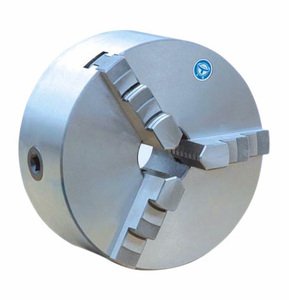
쓰리-턱 척
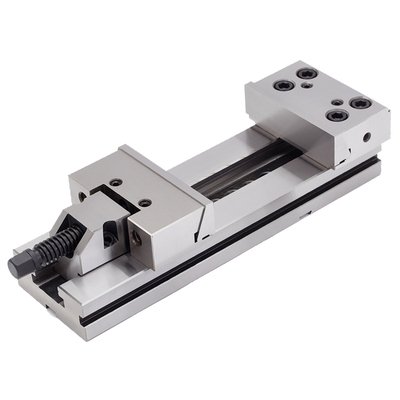
플랫 플라이어
2. 중앙을 수정하고, 분리하고, 칼을 세팅하는 방법을 배웁니다.
이것은 매우 기본적이며 머시닝 센터 작동의 기본 기술입니다.
3. 드릴 비트 연마하는 법을 배웁니다.
CNC 머시닝 센터를 작동할 때는 종종 드릴링이 필요하며 드릴 비트는 반드시 마모되어야 합니다. 그렇지 않다면 연삭 휠에서 더 많은 연습을 해야 합니다.
4. 도면 읽는 법을 배웁니다.
도면을 읽을 수 있어야 합니다. 도면은 로봇의 언어입니다. 도면을 이해하지 못하면 프로그래밍은커녕 공정을 분석할 방법도 없습니다. 도면을 볼 때 주의해야 합니다. 우선 1각 도면인지 3각 도면인지 확인한 다음 벤치마크가 어디에 있는지 확인해야 합니다. 또한 도면에는 몇 가지 중요한 치수, 특히 모양과 위치 공차가 있으므로 더 많은주의를 기울여야합니다.
5. 머시닝 센터에서 일반적으로 사용되는 공구를 이해합니다.
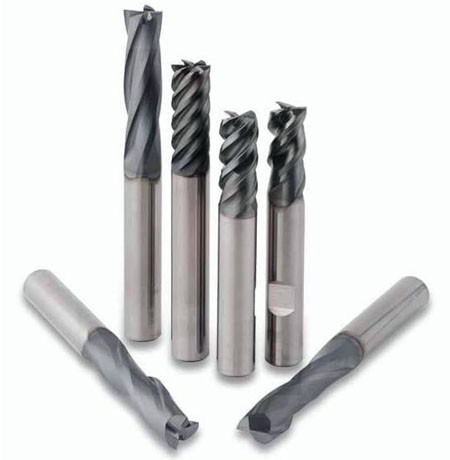
일반적으로 사용되는 칼과 칼의 사용법에 대해서는 반드시 숙지하세요. 어떤 칼이 어떤 용도로 사용되는지 알아두세요.
6. 일반적인 가공 재료의 특성을 이해합니다.
너무 깊이 들어갈 필요는 없지만 일반적인 재료의 특성을 이해해야 합니다. 예를 들어, 이 재료의 경도를 이해하지 못하면 컴파일한 프로그램에서 제공하는 속도 피드가 불합리할 수 있습니다.
7. 컴퓨터 소프트웨어로 프로그래밍하는 법을 배웁니다.
프로그래밍은 수동 프로그래밍과 자동 프로그래밍으로 나뉩니다. 머시닝 센터의 공작물이 복잡하기 때문에 UG, 마스터캠 및 기타 주류 소프트웨어와 같은 컴퓨터 소프트웨어로 프로그래밍하는 방법을 배워야 합니다.
8. 측정 도구 사용법을 배웁니다.
일반적으로 사용되는 측정 도구의 경우 능숙하게 사용할 수 있어야 합니다. 버니어 캘리퍼스, 마이크로미터, 내경 테이블, 깊이 게이지 등이 이에 해당합니다.
